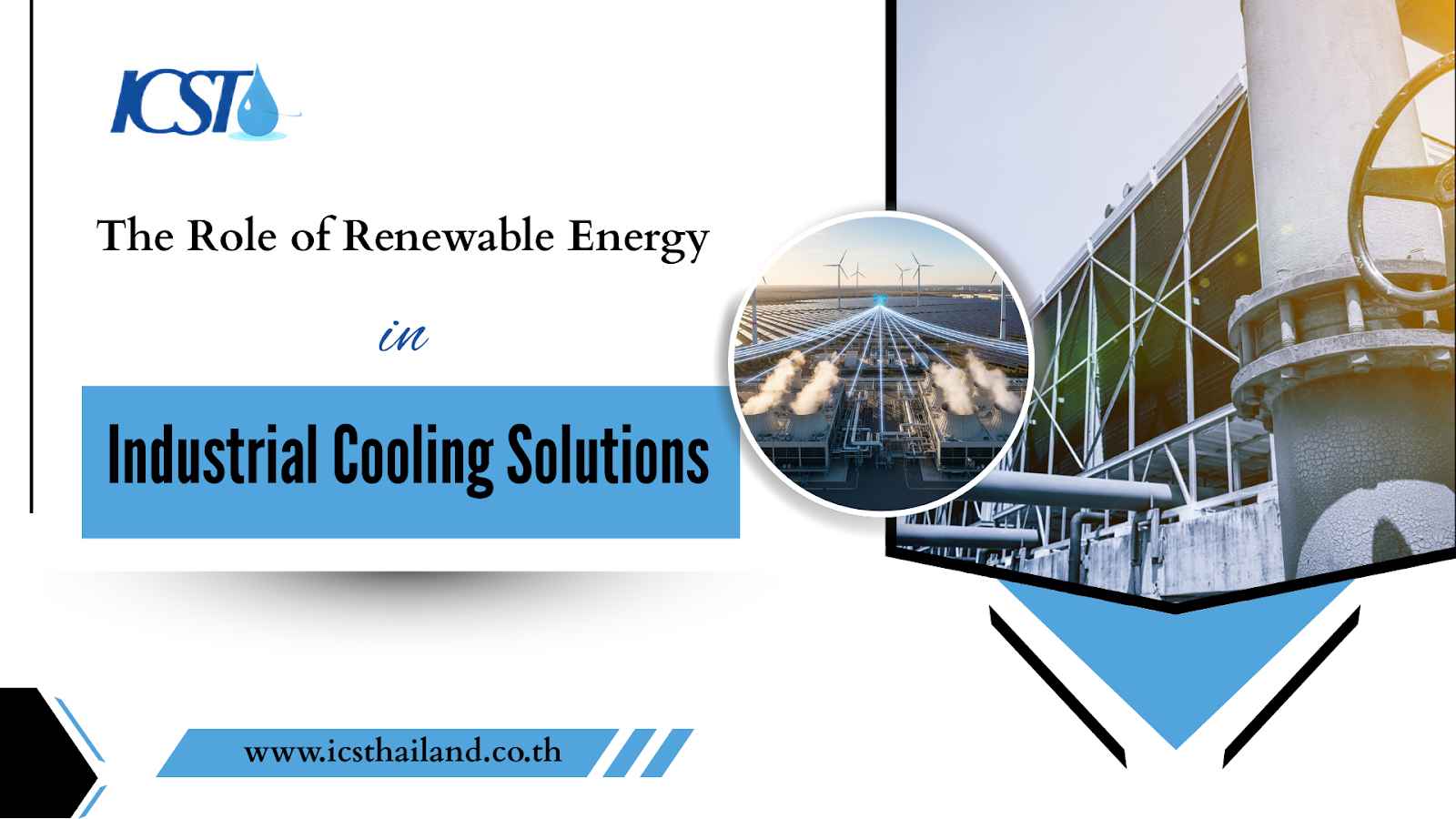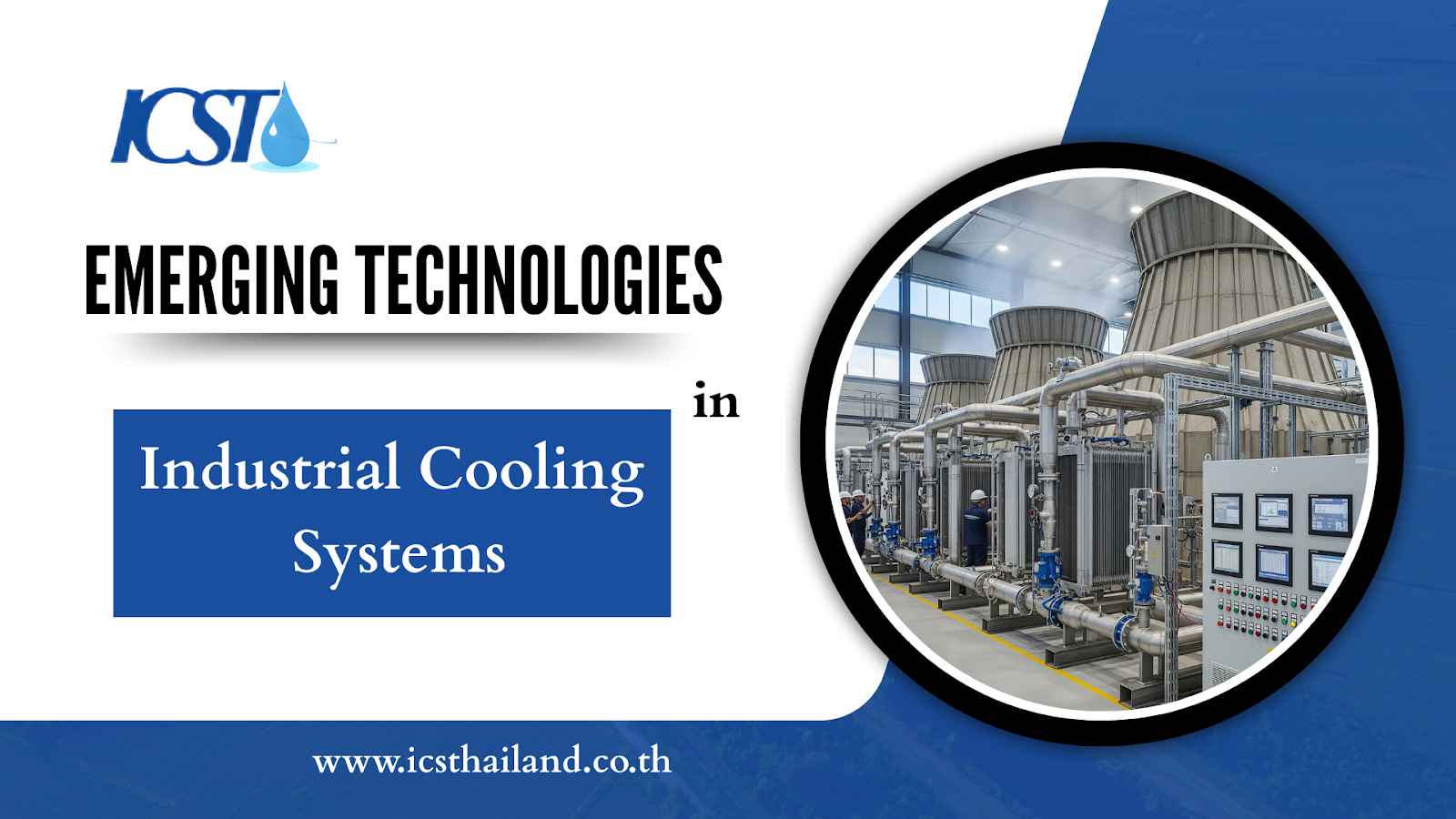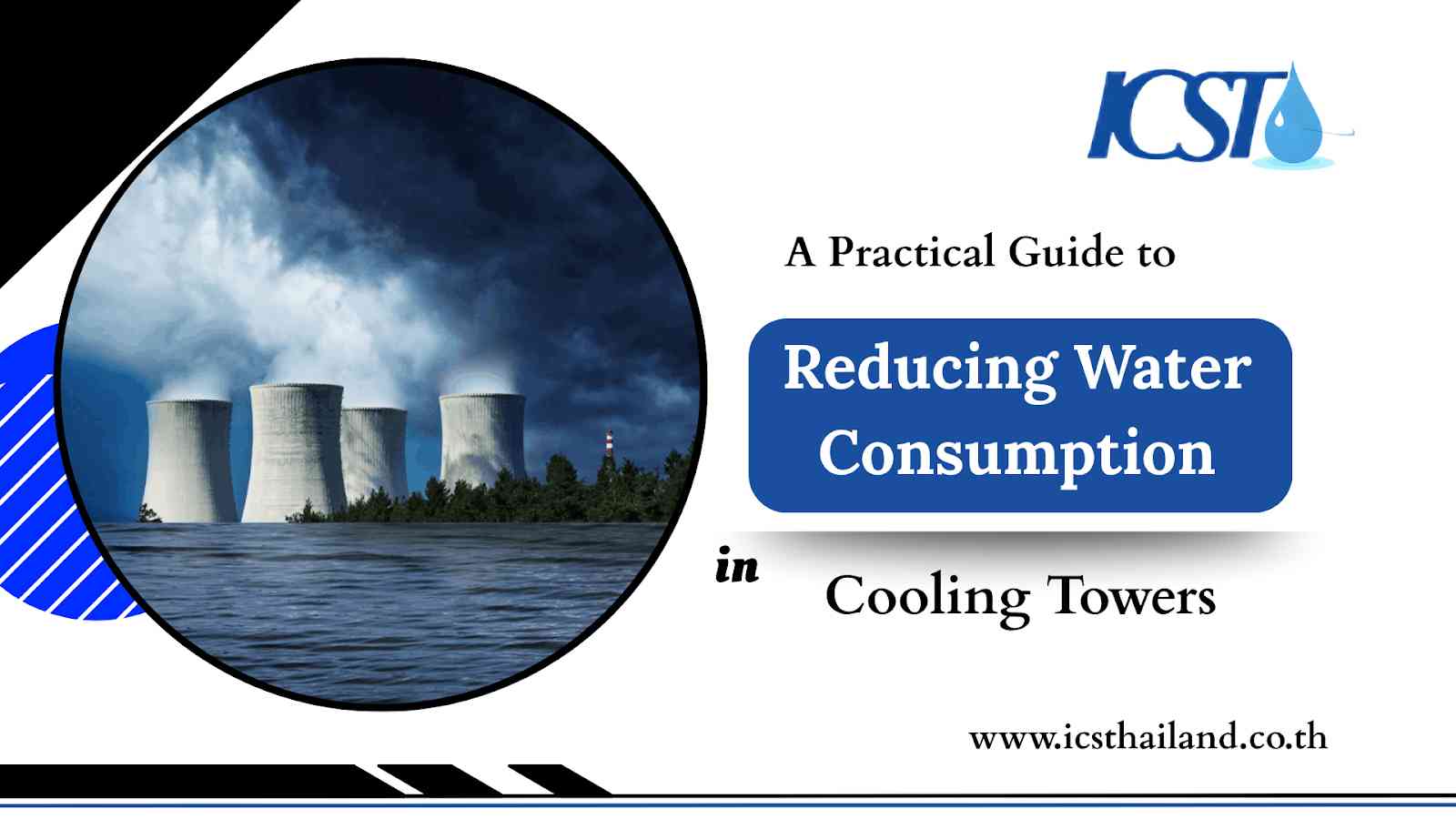Industrial facilities consume massive amounts of energy for cooling operations. Manufacturing plants, data centers, and processing facilities rely heavily on traditional cooling systems that drain both budgets and environmental resources. The pressure to adopt sustainable practices continues to mount as energy costs rise and environmental regulations tighten.
Renewable energy for industrial cooling has evolved from an environmental ideal to a practical business solution. Forward-thinking companies are discovering that clean energy sources can power their cooling operations more efficiently and cost-effectively than conventional methods. .
Ready to transform the way you cool your operations? This guide dives into how renewable energy is revolutionizing industrial cooling systems and how it can work for you. Discover cutting-edge technologies, smart integration methods, and why making the switch isn’t just sustainable. Let’s rethink cooling together!
Table of Contents
ToggleWhy Renewable Energy is Crucial for Industrial Cooling
Reducing Operational Costs and Energy Volatility
Reducing energy expenses is a top priority for facilities with intensive cooling needs, especially with the unpredictability of traditional energy costs. Renewable energy offers a reliable and cost-effective solution to tackle rising expenses while ensuring long-term stability. Here’s how renewable energy can transform your cooling operations:
- Solar panels and wind turbines generate electricity at fixed costs after installation since their fuel sources, sunlight and wind, are free.
- Unlike grid electricity, renewable energy eliminates price volatility tied to fossil fuel market fluctuations.
- Facilities relying on renewable sources can forecast cooling costs with greater accuracy and predictability.
- Many industrial facilities report 30-70% reductions in cooling-related energy expenses after adopting renewable energy systems.
- The initial investment in renewables typically pays off within 5-10 years, depending on local energy rates and available incentives.
- Using renewable energy reduces reliance on traditional utilities, protecting against future rate increases.
- Over time, the cost gap between conventional energy and renewables widens, giving facilities with renewable systems a strong competitive edge.
Significant Carbon Footprint Reduction
Cooling systems used in industrial operations have a significant environmental impact, contributing heavily to global greenhouse gas emissions. However, integrating renewable energy into these systems can dramatically reduce their carbon footprint. Here’s how renewable energy can transform industrial cooling:
- Traditional cooling systems rely on electricity generated from fossil fuels, emitting carbon dioxide and other pollutants.
- The environmental impact includes emissions from the entire fossil fuel extraction and processing chain.
- Renewable energy sources like solar panels, wind turbines, and geothermal systems produce clean electricity without burning fossil fuels.
- Biomass systems can also achieve carbon neutrality by using organic waste that would otherwise decompose and release methane.
- Industrial facilities can cut cooling-related carbon emissions by 60-90% with renewable energy integration.
Enhancing Energy Independence and Resilience
Grid reliability issues, like power outages and instability, can significantly disrupt industrial operations, especially critical cooling systems and sensitive equipment. Integrating renewable energy with proper storage solutions offers a reliable way to boost resilience and safeguard operations. Here’s how renewable energy can make a difference:
- Backup Power During Outages: Renewable energy systems with storage provide reliable backup power, ensuring critical systems stay operational even during grid failures.
- Energy Independence: On-site renewable generation reduces reliance on external suppliers, allowing facilities to maintain operations during disruptions.
- Support for Mission-Critical Operations: Facilities managing essential cooling systems benefit from uninterrupted power, avoiding costly downtime.
- Grid Stability: Distributed renewable energy reduces peak demand, particularly during hot weather when electricity consumption spikes.
- Emergency Power for Cooling Systems: Solar or wind systems paired with battery storage ensure continuous cooling even when renewable sources are temporarily unavailable.
Meeting Corporate Sustainability and ESG Goals
Adopting renewable cooling systems isn’t just about reducing emissions; it’s a smart, forward-thinking move that can benefit your business on multiple levels. Here’s how they can make a difference:
- Boost Business Appeal: Companies with strong sustainability efforts often enjoy better financing terms, higher valuations, and stronger partnerships with eco-conscious customers.
- Showcase Corporate Values: Investments in renewable cooling systems make environmental responsibility tangible, delivering clear and direct benefits that resonate with stakeholders.
- Stay Ahead of Regulations: Proactively adopting clean energy solutions helps businesses comply with carbon pricing, emission limits, and renewable energy mandates, avoiding penalties and gaining a competitive edge.
Key Renewable Technologies for Industrial Cooling
Solar-Powered Cooling (PV and Thermal)
Solar Photovoltaic (PV): These systems convert sunlight directly into electricity that powers conventional vapor compression chillers. Solar PV panels can be installed on rooftops, ground-mounted arrays, or integrated into building facades. The electricity generated flows directly to cooling equipment or energy storage systems for later use.
- Modern PV systems convert sunlight to electricity with 20-22% efficiency.
- Large installations produce several megawatts of clean energy during peak sunlight.
- Smart inverters optimize power flow between solar panels, cooling, and the grid.
- Pairing PV systems with batteries ensures power for cooling during evenings or cloudy periods.
- Advanced energy management systems switch between solar, storage, and grid power to reduce costs and ensure reliability.
Solar Thermal: This technology captures solar heat to drive absorption or adsorption chillers that produce chilled water without electricity. Solar thermal collectors harness sunlight to heat a fluid, such as water or specialized heat transfer liquids. The heated fluid then provides the thermal energy needed to operate thermally driven cooling equipment.
- Solar thermal systems are more efficient for cooling as they skip the electricity conversion step.
- Direct thermal collection efficiency: 60-80% vs. 20% for PV panels.
- Common technologies: parabolic trough collectors and evacuated tube systems.
- Can produce temperatures of 150-200°C, suitable for most absorption cooling systems.
Geothermal Cooling Systems
Geothermal heat pumps harness the consistent underground temperature of the earth to provide energy-efficient heating and cooling. Below the frost line, soil temperatures remain relatively constant year-round, typically 50-60°F in most climates. This provides an excellent heat sink for cooling operations and a heat source for heating applications.
- Closed-loop geothermal systems use buried pipes to circulate fluid that exchanges heat with the earth.
- Excess heat from buildings is transferred underground, leveraging stable ground temperatures for efficient cooling.
- Geothermal heat pumps achieve COP values of 3-6, providing 3-6 units of cooling per unit of electricity, compared to 2-3 COP for traditional air-conditioning systems.
- Direct-use geothermal systems use natural hot water or steam to power absorption chillers.
Biomass-Fueled Cooling Solutions
Biomass cooling systems are an innovative and sustainable solution for industrial cooling needs. By utilizing organic materials like agricultural waste or wood chips, these systems provide an eco-friendly way to generate cooling while reducing waste and carbon emissions.
- Biomass fuels include agricultural waste (rice hulls, corn stalks) and forestry byproducts (sawdust, wood chips), turning waste into valuable energy inputs.
- These systems use thermal energy from biomass combustion to power absorption chillers, which produce chilled water for industrial cooling.
- They support a circular economy by eliminating waste disposal costs and repurposing waste streams as energy sources.
- A major advantage is carbon neutrality: the CO2 released during combustion is balanced by the CO2 absorbed by plants during their growth, resulting in zero net greenhouse gas emissions when sustainably managed.
How Renewable Energy Integrates with Industrial Cooling Systems
Direct Electrical Power (for Vapor Compression Chillers)
Solar PV arrays and wind turbines can directly supply electricity to power traditional compressor-based chiller systems. This straightforward integration approach requires minimal modifications to existing cooling infrastructure. The renewable electricity simply substitutes for grid power while maintaining familiar operating procedures.
- Power Conditioning: Ensures stable voltage and frequency for sensitive cooling equipment.
- Inverters: Transform DC energy generated by solar panels into high-quality AC power suitable for utility use.
- Automatic Switching: Seamlessly transitions between renewable energy and grid power as needed.
- Energy Storage: Batteries store excess renewable energy for use during high cooling demand, reducing peak demand charges.
- Smart Controls: Use advanced algorithms to predict cooling loads, weather, and energy production, optimizing costs and performance over time.
Thermal-Driven Cooling (for Absorption/Adsorption Chillers)
Solar thermal collectors, geothermal heat, and biomass combustion provide high-temperature thermal energy that drives absorption or adsorption cooling cycles. These thermally-activated systems replace electricity as the primary energy input for cooling production. Hot water or steam at 180-250°F activates the refrigeration cycle.
- Absorption Chillers: Use heat to separate refrigerant from an absorbent solution (e.g., water-lithium bromide, ammonia-water).
- Adsorption Chillers: Heat drives moisture out, and cooling occurs during reabsorption. Ideal for low-temperature heat sources.
- Thermal Storage Systems: Store hot water or heat transfer fluids in insulated tanks to provide cooling when renewable heat sources are unavailable. Can maintain temperatures for hours or days, depending on design.
Ground-Source Heat Exchange (for Heat Pumps)
Geothermal heat pump systems use underground loops to exchange heat with the earth, leveraging its stable temperatures for efficient cooling.
- Heat pumps can provide heating and cooling simultaneously, using rejected heat to warm other building zones or processes, improving efficiency and reducing energy use.
- Variable speed drives and advanced controls optimize performance by adjusting refrigerant flow and compressor speeds to match cooling demands, minimizing energy consumption.
Evaluating Renewable Cooling: Benefits vs. Considerations
What factors should guide your renewable cooling technology selection? How do different options compare in terms of practical implementation and long-term value? The following comparison highlights the key benefits and considerations for each renewable approach.
| Renewable Source | Primary Cooling Method | Key Benefits | Key Considerations | Typical Applications |
| Solar PV | Electric Chillers (VCR) | Reduces grid electricity use, modular, scalable | Intermittency (requires storage/grid backup), initial CAPEX | Data centers, manufacturing, commercial HVAC |
| Solar Thermal | Absorption/Adsorption Chillers | Utilizes free heat, reduces electricity demand, can combine with heating | Requires significant space for collectors, higher complexity | Process cooling, district cooling, food processing |
| Geothermal | Heat Pumps, Direct Use | High efficiency, stable base load, very low operational emissions | High initial drilling/installation cost, geological suitability | Large-scale facilities, campuses, process cooling |
| Biomass | Absorption Chillers | Uses abundant organic waste, carbon-neutral cycle | Fuel sourcing/storage, emissions control, system complexity | Timber, agriculture, and food processing industries |
Solar PV is flexible and easy to integrate with existing systems, while solar thermal offers higher efficiency but requires more complex installation. Geothermal systems provide consistent cooling regardless of weather, but need geological surveys for feasibility.
Biomass cooling is ideal for facilities with organic waste, turning it into energy while requiring proper emissions control.
Choosing the Right Renewable Path for Your Facility
What renewable energy approach makes the most sense for your specific facility? How can you evaluate the complex factors that influence technology selection and system design? Several critical considerations will guide your decision-making process.
- Local Climate and Resources:
- Solar potential varies by location and season.
- Geothermal depends on geology and underground temperatures.
- Biomass relies on regional agriculture and forestry.
- Cooling Infrastructure and Load Profiles:
- New electric cooling systems pair well with solar PV.
- Older systems may require replacement with thermally driven technologies.
- Consistent cooling loads suit geothermal systems; variable loads fit modular solar setups.
- Investment and ROI:
- Higher upfront costs but significant operational savings over 20-25 years.
- Government incentives and tax credits can cut costs by 30-50%.
- Regulatory Incentives:
- Carbon pricing, energy credits, and emission mandates add value.
- Early adoption prepares for future compliance changes.
- Feasibility Studies:
- Consultants evaluate site conditions, technology options, financial performance, and implementation strategies.
Conclusion
Renewable energy for industrial cooling has matured from experimental technology to a proven business solution. Forward-thinking facilities across industries are discovering that clean energy sources deliver compelling operational advantages beyond environmental benefits. Cost savings, energy independence, and enhanced resilience create powerful business cases for adoption.
The renewable energy landscape is evolving rapidly with advancements in solar, geothermal, and biomass technologies, delivering better efficiency and lower costs. Sophisticated integration approaches, such as hybrid systems, smart controls, and energy storage, are making renewable cooling more practical and effective.
To maximize these benefits, expert consultation is essential for evaluating site conditions and designing optimal solutions. Enhance sustainability and gain a competitive edge by connecting with renewable energy specialists for tailored industrial cooling solutions in Thailand that ensure long-term success.
Frequently Asked Question
How do renewable cooling systems perform vs. traditional ones?
Modern renewable systems can match or exceed traditional performance, offering consistent and efficient cooling without compromise.
Is renewable industrial cooling a worthwhile investment?
Yes, higher initial costs are offset by substantial long-term savings from lower energy bills and reduced maintenance, leading to a favorable ROI.
What are the main challenges for renewable industrial cooling?
Key challenges include higher upfront costs, space requirements, source intermittency (for solar/wind), and geological suitability for geothermal.
Do renewable cooling systems need energy storage?
Yes, storage (batteries or thermal tanks) is often needed for continuous operation, especially to overcome the intermittency of sources like solar or wind.
Is maintenance for renewable cooling systems different?
Maintenance varies; some components need cleaning. Overall reliability is high, but specialized expertise might be required for certain technologies.







